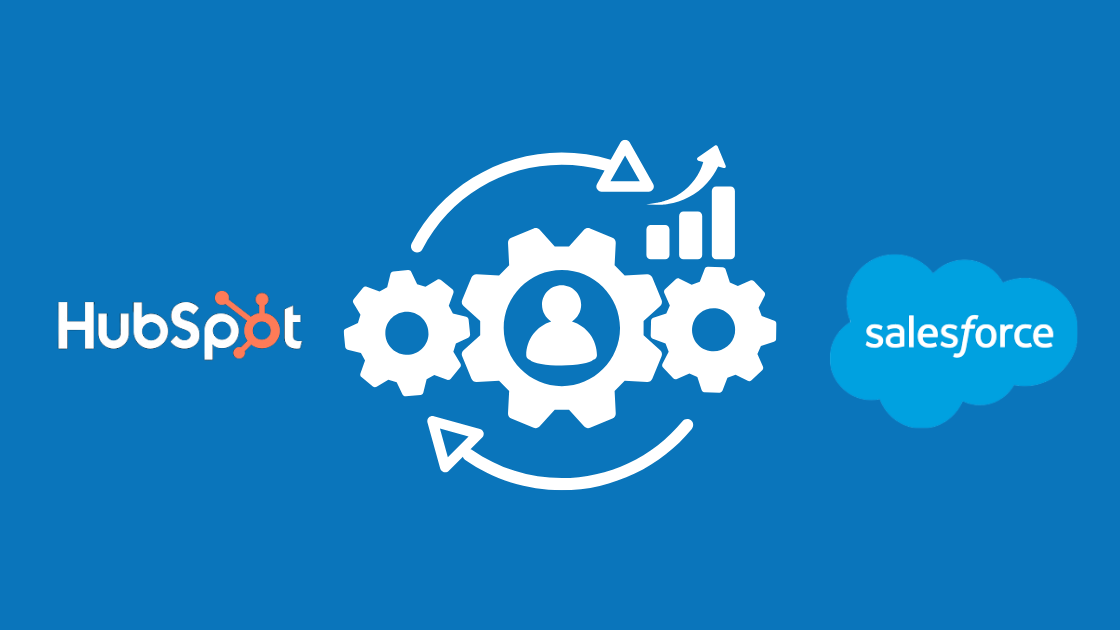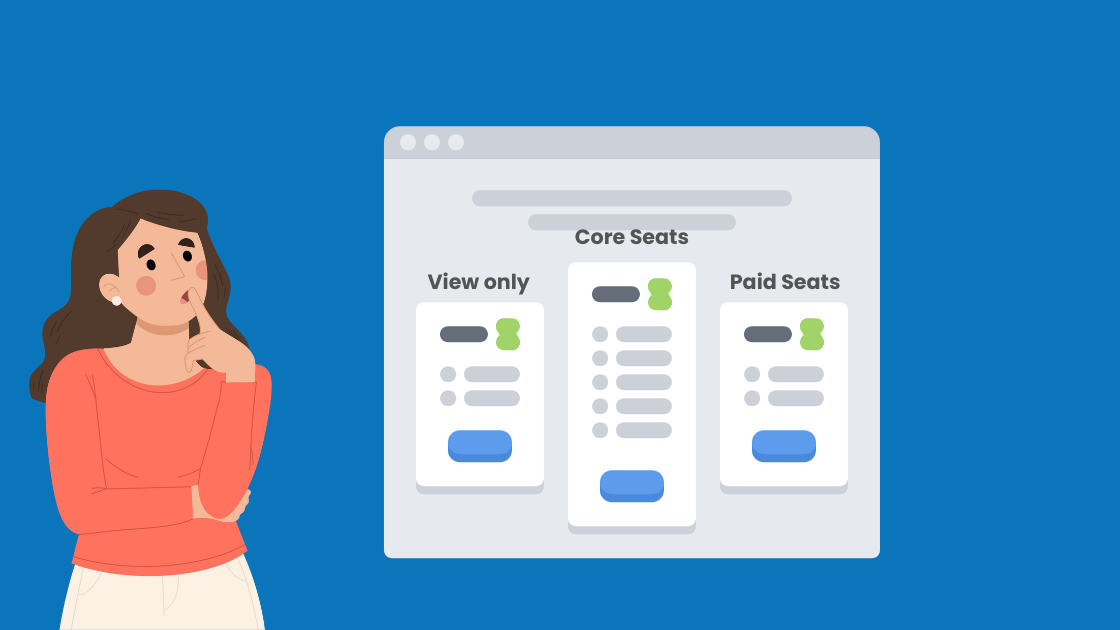-
MarTech Services
- HubSpot
- OneSignal
HubSpot
Technical Consulting
Partner with experts who understand your HubSpot systems and business needs inside out.
Revenue Operations
Drive revenue growth with tailored RevOps strategies designed for HubSpot users.
Hubspot Integration Services
Seamlessly integrate HubSpot with your existing tools to enhance operational efficiency.
Sales Enablement
Boost your sales team’s efficiency with focused HubSpot Sales Enablement solutions.
CRM Data Migration
Effortlessly migrate your CRM data to HubSpot with precision and support.
Hubspot Onboarding
Efficiently onboard clients to HubSpot, ensuring a smooth transition and rapid platform adoption.
HubSpot Administration
Maximize your HubSpot investment with expert management and optimisation tailored for HubSpot clients.
Marketing Assets Development
Develop, deploy, and manage digital assets, ensuring a fresh and engaging presence.
-
Solutions
-
Website Services
Website Development
We bring together expertise, creativity, and measurable results, making us the go-to choice for HubSpot website creation.
Website Migration
Our approach to website migration goes beyond a technical transfer; we prioritize a user-centric experience.
Website Maintenance
Optimize your online presence with effective, growth-driven websites focusing on nurturing website visitors, creating and deploying content, and tracking progress with precision.
Website Audit
Is your website performing at its peak? Our CMS Consultants are here to help you find out with our comprehensive Website Audit service.
-
Resources
-
Company
Clients
We have worked with clients from various industries across the globe, making our journey diverse and exciting.
Team
We put decades of experience where our mouth is. So what you get is market-tested and tried, not theory. We believe in plain speak, which we believe works better than jargon.
Solutions Partner
BlueOshan is not just a partner; we are among the most experienced and adept in the HubSpot ecosystem.
- Contact Us
Best Practices for Your HubSpot & Salesforce Integration

Divya Barathi
March 31, 2025

“Why is this contact showing up twice in Salesforce?” Then someone notices lifecycle stages aren't updating. Sales is chasing cold leads. Marketing is claiming MQLs that sales have never seen.
You’ve got a solid CRM strategy. But somewhere between capturing leads and closing deals, things break down.
Leads fall through the cracks. Contacts go missing. Reports don’t match up.
A broken HubSpot-Salesforce integration doesn’t just create technical headaches—it breaks trust between teams. But it doesn’t have to be this way.
By the time sales notice they’re working with outdated data and marketing sees campaign ROI slipping, the damage is already done.
Let’s explore the best practices for HubSpot-Salesforce integration that drive real revenue, without the data chaos.
Understanding HubSpot & Salesforce Integration
According to HubSpot, companies with strong sales and marketing alignment are 67% better at closing deals—but only if their systems support that alignment.
Integration issues don’t happen overnight—they start small, with subtle signs. If you know what to look for, you can spot trouble early and fix it fast.
A well-integrated HubSpot and Salesforce system streamlines your marketing and sales efforts, driving revenue growth efficiently. By syncing contacts, companies, deals, and activities in real time, both teams gain a unified view of customer interactions.
With two-way sync, information flows seamlessly between your HubSpot and Salesforce, eliminating manual data entry, reducing errors, and ensuring your marketing campaigns and sales strategies are always aligned for ultimate results.
The HubSpot-Salesforce integration is powerful, but only when it’s configured and appropriately maintained. Without a clear strategy and sync rules, you’ll have duplicates, delays, and frustrated teams.
Best Practices for HubSpot & Salesforce Integration
- Define Clear Data Mapping and sync Rules. Ensure critical fields like contact information, lead source, and lifecycle stage sync correctly between platforms. Review your mapping regularly to accommodate new custom fields or business requirements. Pro tip: Use HubSpot's property mapping feature to create one-to-many field relationships where needed, particularly for complex Salesforce picklists.
- Automate Lead Management & Assignment. Configure HubSpot workflows to update lifecycle stages based on engagement, then use Salesforce assignment rules to route qualified leads to the appropriate reps automatically. This eliminates the "black hole" where leads often disappear between marketing qualification and sales follow-up.
- Maintain Data Cleanliness & duplication. Implement standardised data entry practices and regularly audit your CRM for duplicates. HubSpot's duplicate management tools can identify and merge records automatically, keeping your database clean and your teams productive.
- Customise & Optimize Sync Frequency. When configuring sync frequency, consider your sales cycle and data volume. High-volume B2C businesses may benefit from less frequent syncs to avoid API limits, while B2B organisations with longer sales cycles prioritise real-time data sharing for high-value opportunities.
- Leverage Reporting & Analytics. Create cross-platform reports that provide visibility into your entire revenue operation. Unified dashboards help identify bottlenecks in your sales process and highlight opportunities for optimisation. Track key metrics like lead-to-customer conversion rates and average deal cycle time to measure integration ROI.
Common Pitfalls to Avoid
A successful HubSpot and Salesforce integration goes beyond just connecting systems—it requires careful planning and ongoing management. Avoid these common mistakes to ensure a smooth and effective integration:
- Neglecting User Permissions – Constantly review and adjust permissions to avoid access issues. Restrictive Salesforce security settings can prevent crucial data from syncing correctly.
- Overcomplicating Sync Rules – Custom sync rules that are too complex can become challenging to maintain as your business scales. Keep your sync logic straightforward and adaptable.
- Lack of Team Alignment – Ensure sales and marketing teams agree on key definitions, such as leads and opportunities, before implementing technical solutions.
Ready to Optimise?
By implementing these best practices, you'll create a seamless experience that enables better collaboration, improves data quality, and accelerates the sales cycle.
At BlueOshan, as a certified diamond-tier solutions partner of HubSpot, we specialise in seamless HubSpot-Salesforce integrations tailored to your business needs.
Whether you’re setting up your integration for the first time or optimising an existing setup, our experts ensure a smooth, scalable, and efficient connection between your platforms. Let us help you unlock the full potential of your CRM and drive better results—contact us today!

Related Articles

March 24, 2025

March 21, 2025

